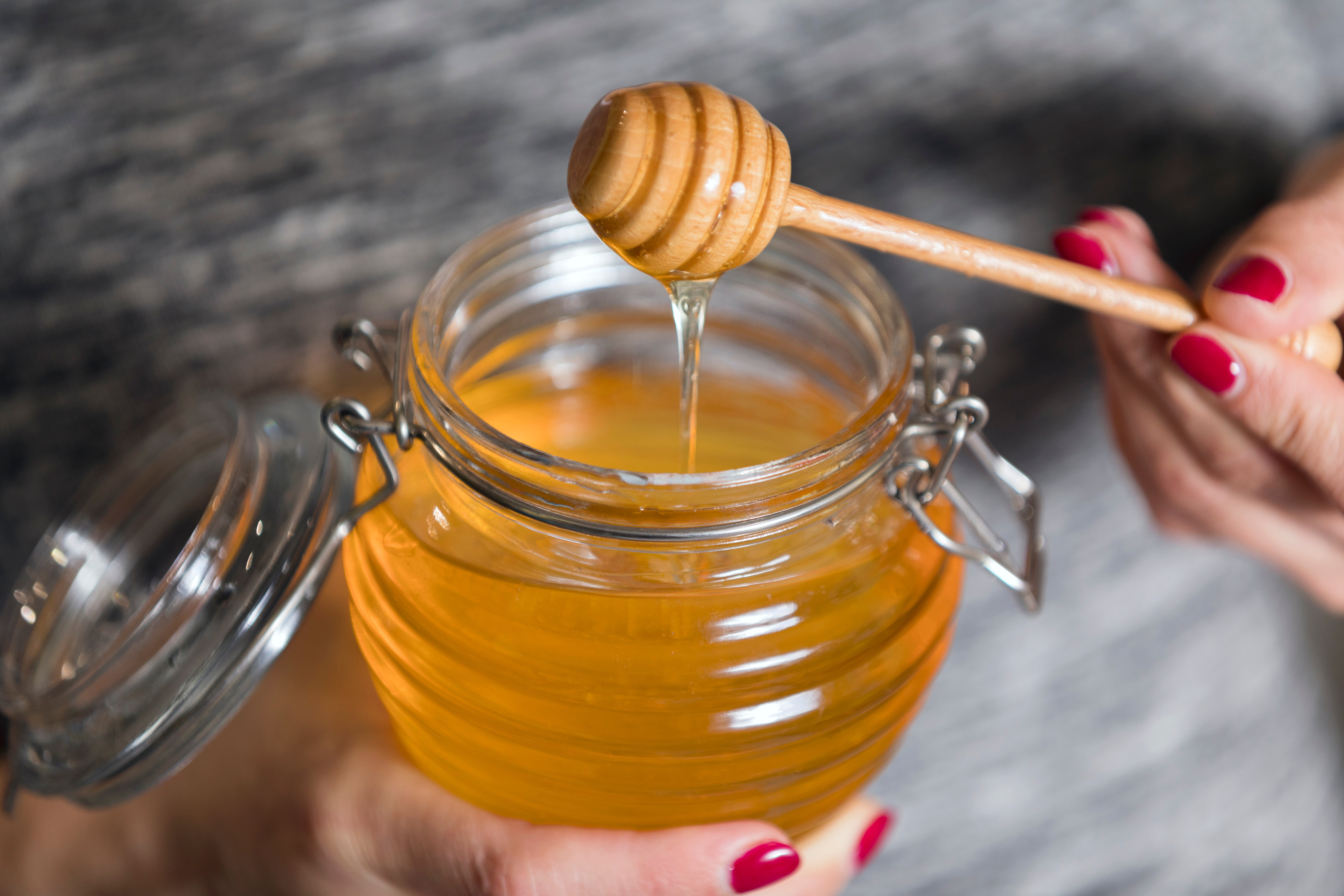The Independent's journalism is supported by our readers. When you purchase through links on our site, we may earn commission.
US honey still contains radioactive fallout from nuclear weapons testing, study finds
Trace amounts do not pose a risk to humans

Your support helps us to tell the story
From reproductive rights to climate change to Big Tech, The Independent is on the ground when the story is developing. Whether it's investigating the financials of Elon Musk's pro-Trump PAC or producing our latest documentary, 'The A Word', which shines a light on the American women fighting for reproductive rights, we know how important it is to parse out the facts from the messaging.
At such a critical moment in US history, we need reporters on the ground. Your donation allows us to keep sending journalists to speak to both sides of the story.
The Independent is trusted by Americans across the entire political spectrum. And unlike many other quality news outlets, we choose not to lock Americans out of our reporting and analysis with paywalls. We believe quality journalism should be available to everyone, paid for by those who can afford it.
Your support makes all the difference.Honey produced in the US still contains traces of radioactive fallout from nuclear weapons testing in the 1950s and 1960s, a study has found.
According to the research, which tested samples of honey taken from various locations in the eastern US, of the 122 samples analysed, 68 of them showed detectable traces of cesium-137.
Cesium-137, a radioactive isotope, is a “byproduct of nuclear fission involving the reaction of uranium and plutonium”, according to Science Alert, which notes that the contaminant can often be found in food sources as a result of Cold War nuclear testing.
While the trace amounts found in the honey do not pose a risk to humans, it is evidence of the lasting impact bomb testing had on the environment, lead researcher Jim Kaste, an environmental geochemist at the College of William & Mary, said.
“There was a period in which we tested hundreds of nuclear weapons in the atmosphere,” Kaste said, according to Science Alert. “What that did was put a blanket of these isotopes into the environment during a very narrow time window.”
Interestingly, the continued radioactive fallout in US honey from Maine to Florida was only discovered after Kaste asked his students to measure radiation in foods as part of a spring break assignment in 2017.
While measuring the different levels of radioactive contaminants in foods such as nuts and fruit, Kaste recalled that his gamma detector lit up when testing a jar of honey from a North Carolina farmer’s market.
“I measured it again because I thought something happened to the container or my detector was bonkers. I reproduced the measurement. And it was, again, 100 times hotter than any of these other foods,” he wrote in a blog post.
Subsequent research led Kaste and his fellow researchers to discover a correlation between potassium soil levels in the country and increased levels of cesium-137 in honey, with the team finding that the fallout was higher in honey that came fromlow-potassium soils, according to Kaste’s blog post, as plants were mistaking it for potassium.
After the plants took up the cesium in the soil, they were then passing it to the bees, which in turn magnified the contaminant while making honey.
Overall, the research, which was published in the journal Nature Communications last month, found that 68 of the honey samples tested contained radiocesium at levels above 0.03 becquerels per kilogram, or roughly 870,000 radiocesium atoms per tablespoon, according to Science.
Fortunately, the US Food and Drug Administration (FDA) told Science the numbers fall “well below” the 1200 becquerels per kilogram cutoff for food safety concerns.
While Kaste reiterated that the levels in the honey are not a cause of concern for humans, he did note that researchers can not say for sure whether the contamination has any impact on the bees.
“What we see today is a small fraction of the radiation that was present during the 1960s and 1970s,” he said. “And we can’t say for sure if cesium-137 has anything to do with bee colony collapse or the decline of population.”
Join our commenting forum
Join thought-provoking conversations, follow other Independent readers and see their replies
Comments